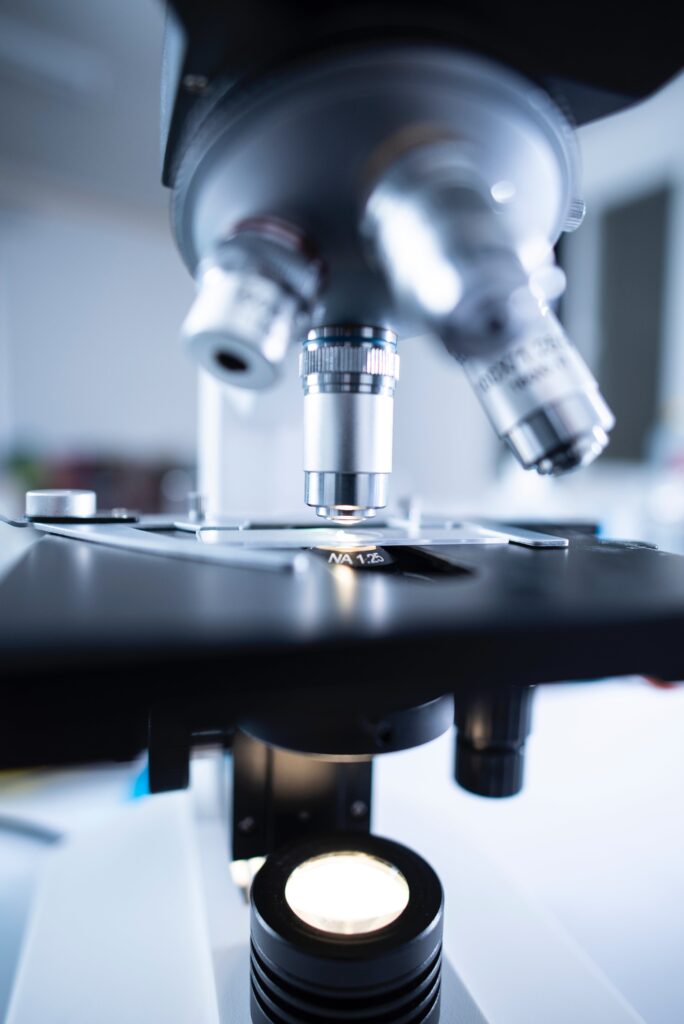Conventional Treatment
Induction Therapy
Induction therapy includes chemotherapy and surgery, and the main chemotherapeutic drugs used at home and abroad are cyclophosphamide, topotecan, cisplatin, etoposide, doxorubicin, vincristine, carboplatin, irinotecan and temozolomide. In Europe and the United States, the chemotherapy regimen is usually 5-6 courses; while in China, the usual treatment for a patient is 6 courses of chemotherapy if immunotherapy is done at a later stage, and 10 or more courses of chemotherapy if immunotherapy is not done at a later stage. Of course, the chemotherapy regimen will be adjusted according to each child’s specific situation and sensitivity to the drugs. Evaluations are done every two treatments to assess the effectiveness of the treatment. During chemotherapy, due to side effects, the child is more painful, weak and prone to infections, and needs to be calmed, dietary adjustments made, and population-intensive activities reduced. In the United States chemotherapy, more patients will choose to use nasal feeding tubes for nutritional intake, and patients will be more likely to supplement their diet with medical milk. In China, oncologists generally do not recommend the use of nasal feeding tubes, but rather recommend that patients eat a normal diet + medical milk powder to maintain the energy and nutrients needed by the body. Only when the patient’s vomiting reaction is serious, a certain amount of saline or glucose will be given through the vein, and patients who are very serious and cannot eat will be given intravenous nutritional supplementation. In terms of the diet of tumor patients during chemotherapy, domestic oncologists have also given guidance, and reasonable nutritional supplements can be given according to the “Dietary Guidelines for Tumor Patients” according to the child’s condition. At home and abroad, surgery is usually carried out after the tumor size has been reduced after 2 or 4 courses of chemotherapy and meets the surgical indexes, so as to completely remove the tumor as much as possible and minimize the chance of recurrence at the primary site in the future.


Consolidation Treatment
Consolidation therapy includes autologous stem cell transplantation and radiotherapy. There are different opinions on autologous stem cell transplantation. Sloan Hospital in the United States and Barcelona Children’s Hospital in Spain believe that transplantation has a lot of distal side effects and does not improve the long-term overall survival rate of children who use Hu3F8 in the later stages of their lives, so transplantation is not recommended for children who choose to use Hu3F8. However, several of the best children’s hospitals in China still recommend transplantation because it has improved 5-year progression-free survival (nearly 15%) in children with late-onset Hu3F8. For children with Ch1418, the current standard treatment in the U.S. is two autologous stem cell transplants after chemotherapy, and there are statistical data showing that two autologous stem cell transplantation treatments have better long-term overall survival and progression-free survival for children, but European and domestic oncologists are still controversial about whether to perform two transplants or one transplant for high-risk children with the mother of God, and there are many parents of children who believe that However, European and domestic oncologists are still debating whether to perform two transplants or one transplant, and many parents of children believe that the side effects of transplantation are greater and give up transplantation for their children. Radiotherapy, i.e. radiation therapy, according to the tumor location, metastatic location and physical condition of the child, we can choose the fast knife radiotherapy, TOMO knife radiotherapy and proton radiotherapy. Generally speaking, children can choose fast knife radiotherapy, which can treat multiple locations at the same time, with high accuracy and relatively low reimbursement by medical insurance; TOMO knife radiotherapy is better for children with tumors in the spine or those who have invaded the vertebral canal or the head of the mother of God; TOMO is more accurate, especially for children with head radiotherapy with small side effects, but the cost is relatively high; proton radiotherapy is only available for children in one hospital in China, which can provide proton radiotherapy for children. At present, there is only one hospital in China that can give children proton radiotherapy, the advantages of which are high accuracy, little side effects on normal tissues, and less impact on the child’s future growth and development, but the cost is very high and cannot be reimbursed by medical insurance.
Maintenance Therapy
Maintenance therapy includes immunotherapy and oral cis-retinoic acid. In previous years, due to the lack of immunologic drugs, high-risk children in China usually took oral cis-retinoic acid for six months as maintenance therapy after finishing consolidation therapy. However, cis-retinoic acid has a lot of side effects and is not effective in the treatment of children with high-risk mother of God, so it has long been stopped as a maintenance therapy for children with high-risk mother of God in Europe and the U.S. After 2020, two immune drugs for mother of God have been introduced into China successively, so that children with high-risk of mother of God in China have the newest immune drugs for maintenance therapy, which has increased the 5-year progression-free survival rate and the overall survival rate by 15% to 15%. The 5-year progression-free survival rate and 5-year overall survival rate of domestic high-risk children with SAM have increased by 15%-20%. However, these two imported drugs are expensive and cannot be reimbursed by health insurance, which is a heavy financial burden for most families of children, and a considerable number of families of children cannot afford to pay the high cost of the drugs and give up the immunotherapy, choosing cis-retinoic acid, which is ineffective and has a lot of side-effects, as the maintenance therapy.

